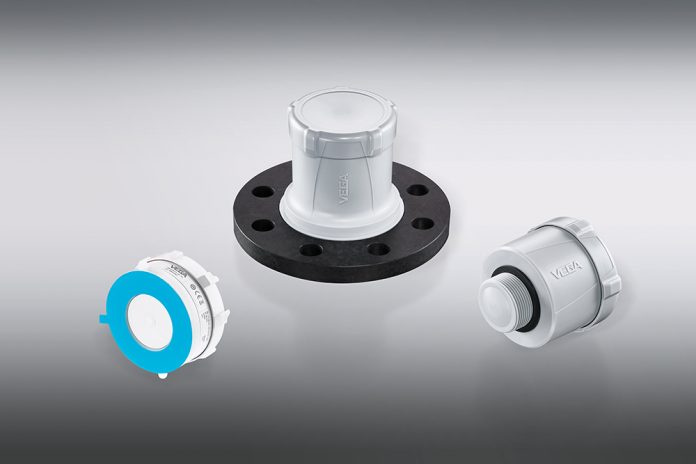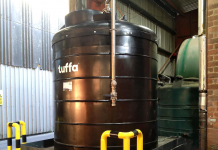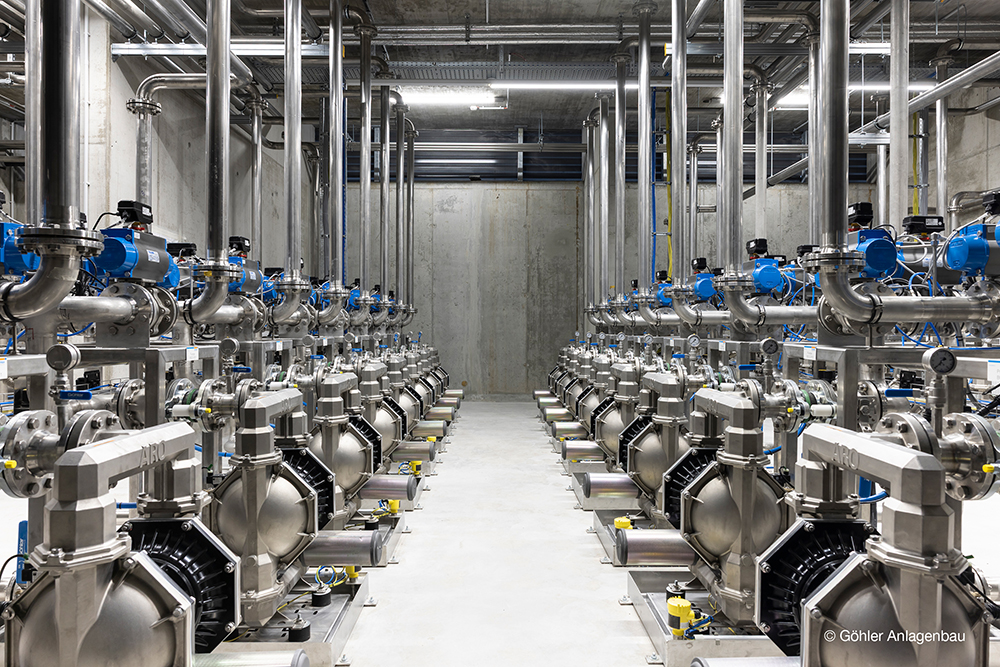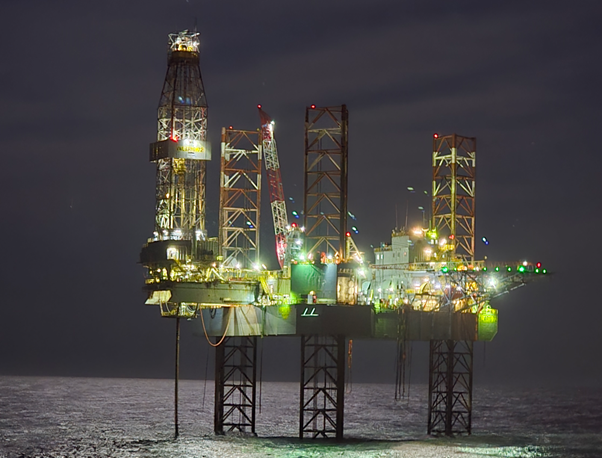When it comes to checking stocks in tanks and silos, radar level measurement has long been a leading technology. But what about small mobile containers like IBC’s whose contents are usually estimated with just a quick glance – if at all?
There is a new, affordable and impressive solution for this application: VEGAPULS Air. With radar level technology, the small sensor is installed quickly and delivers precise volumes. One such site has demonstrated its use: DS Smith, at the De Hoop plant in the Netherlands, is one of Europe’s leading providers of sustainable packaging solutions, paper products and recycling services. Founded in 1657, the mill currently manufactures containerboard products (liner and medium grades) from 100% waste paper. “We recycle about 400,000 tonnes of paper and cardboard every year. Our customers use the materials we make for paper to produce boxes, trays and displays,” explains Marco Verkerk, Coordinator of Technology & Product Support.
Brand new technology
“We store more than 40 different chemicals and auxiliary materials in silos and IBC’s. The fixed storage tanks and silos are already equipped with VEGA level sensors and values are fed into a process control programme. We know exactly what the consumption levels are to order raw materials to meet production demands”, says the Marco Verkerk.
With the mobile IBCs, however, this had not been possible. “Generally, we don’t need every auxiliary chemical or additive for every type of product. So we drove through the plant every day to manually estimate the quantities in the different IBCs”, continues Verkerk, elaborating on the previous strategy. “Our experiences with the VEGA instruments we’ve used up to now have been very good. So, in September 2019, we asked VEGA if they had a solution.
Everything in view
DS Smith De Hoop B.V. became one of the first companies to monitor levels in IBCs with VEGAPULS Air 23. Three trial radar level sensors were initially installed on the exchangeable IBC’s. These wireless, battery powered sensors are inexpensive, flexible and reliable – and they quickly installed and easy to set up. During their development, energy efficiency was the main priority : performance, wireless data transmission and energy consumption are perfectly coordinated for this purpose. Batteries, in combination with optimised measurement cycles, ensures a service life of up to 10 years. The sensors can be reliably used in a wide variety of scenarios wherever levels need to be measured. Thanks to specially formulated self-adhesive adapters or flexible strap mounting, they are easy to attach to the IBCs.
Using radar technology, the level is monitored from the outside, so the plastic tank doesn’t have to be modified in any way. This solution is designed to remain permanently on the container with the liquid level and location transmitted regardless of where the IBC is located. Even when the containers are stacked on top of each other, the sensor on each individual container transmits its current level and GPS location several times a day to the cloud. These measured values can be transmitted via a mobile (NB-IoT/LTE-M1) or LoRa network to the VEGA Inventory System which can help manage the data.
Quick setup
Installation was really simple: remove the film, stick the sensor on, it’s done. Thanks to 80-GHz technology, the radar can measure the level right through the plastic top of the IBC. “We had previously considered whether we could get along with a wire-connected radar instrument. But at the locations where the IBCs are deployed, connecting with cables was extremely difficult and the time savings would not have offset the investment costs”, Verkerk makes clear.
Since the instrument measures down through the container roof from the outside, it doesn’t need especially high resistance materials to chemicals. Another big advantage: the IBC can also be cleaned on the outside, as the sensors have IP68 and IP69K protection.
Experiences as a first user
“We were among the first to use the new instrument and experience how it really works in practice”, says Verkerk. In his opinion, “The double-sided adhesive pad is sufficient for attaching the sensor to the IBC”. DS Smith have since installed more units on their IBC’s and now get real-time information on the Chemicals and additives stored on site.
info.uk@vega.com | www.vega.com/radar









